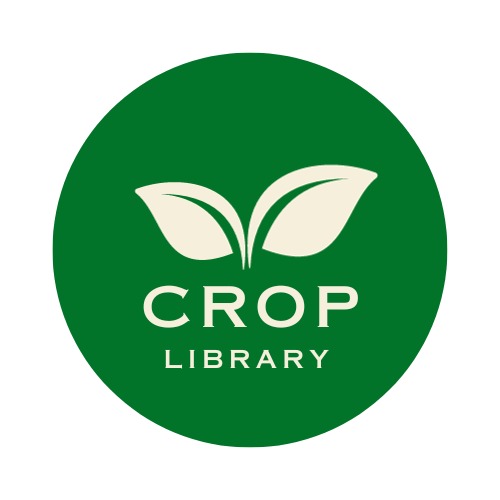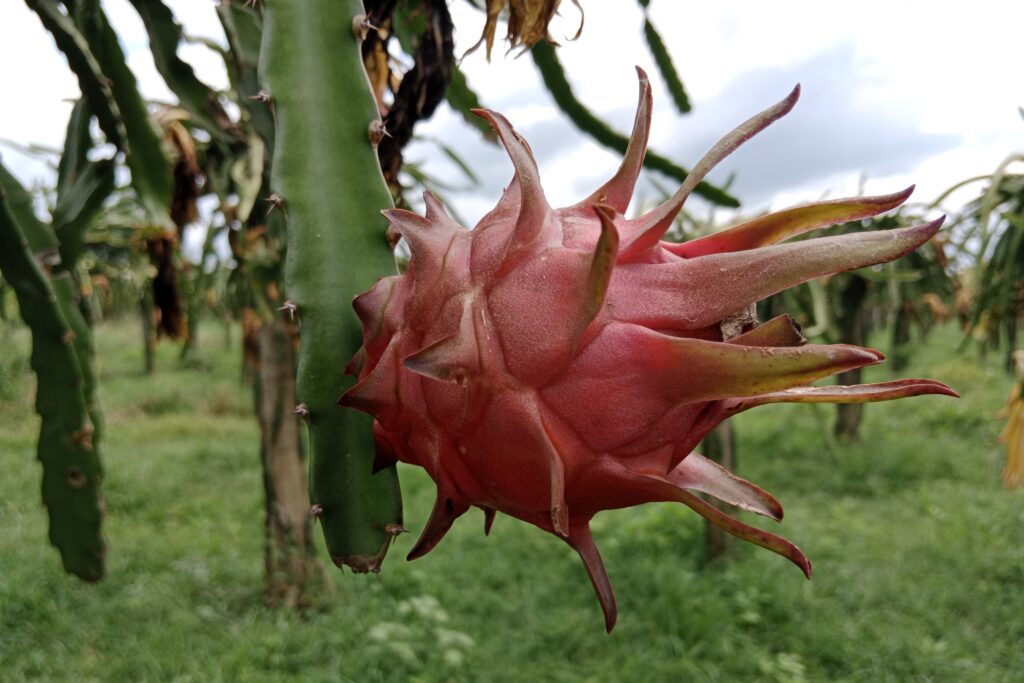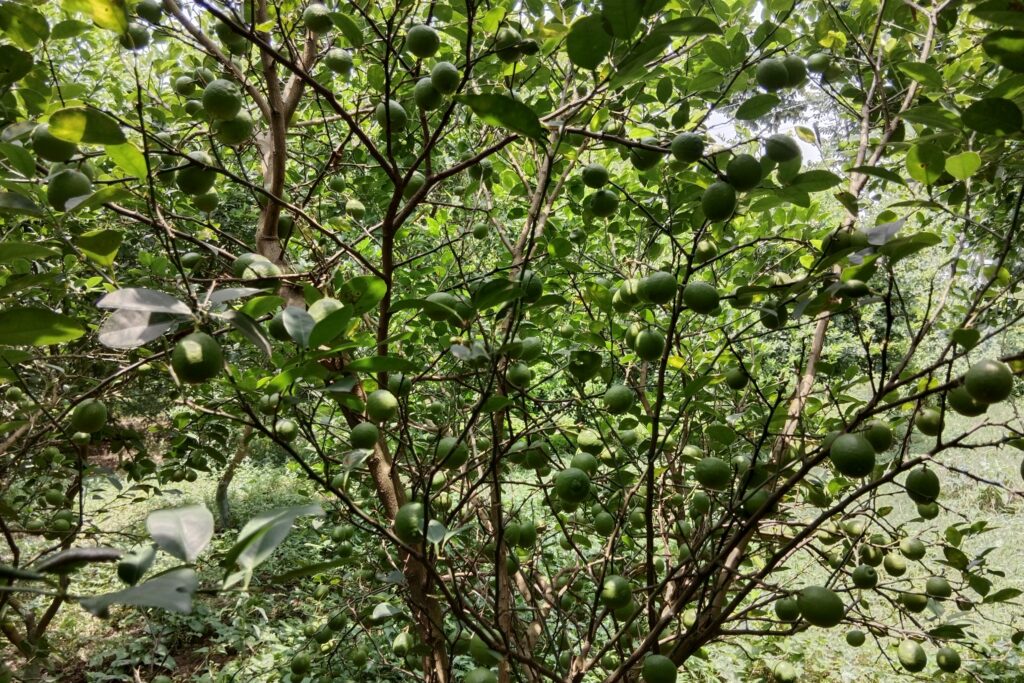Sesame Farming
The analysis of sesame farming profit per acre indicates that farmers can earn a total income of NRs. 120,000 while incurring costs of about NRs. 34,000, leading to a net profit of NRs. 86,000. This results in a profit margin close to 71.67%, reflecting the strong economic potential of sesame cultivation. These numbers highlight that with proper management, sesame farming can offer a lucrative return on investment, making it a promising choice for maximizing earnings per acre.

Land Preparation
Land preparation for sesame involves a sequence of steps starting with deep plowing (15-20 cm) immediately after harvesting the previous crop, which incorporates residues and enhances soil aeration. This is followed by repeated cross-harrowing (2-3 times) to break up soil clods, level the field surface, and create a fine, crumbly tilth essential for the small seeds.
Compaction control is vital: excessive tillage must be avoided on sandy soils to prevent compaction, while conversely, on heavy soils, achieving a good tilth is crucial to prevent surface crusting that can hinder seedling emergence. In rainfed farming areas, timing is key – land preparation should be completed before the expected onset of rains to maximize soil moisture conservation for germination.
Finally, thorough removal of all existing weeds and debris from the previous crop is essential to minimize competition and harborage of pests and diseases.
Soil Type
Sesame thrives best in well-drained, fertile loamy soils with good water-holding capacity and aeration, while sandy loams also provide excellent conditions. It is adaptable to a wide range of soils, including fertile, irrigated sandy soils and well-drained clay loams. However, poorly drained, waterlogged soils, heavy clays prone to crusting, very gravelly or stony soils, and highly acidic or saline conditions are unsuitable for sesame cultivation. The optimal pH range for sesame growth is 5.5 to 8.0.
Climatic Requirements
| Climatic Factor | Details |
| Temperature | Optimal: 25°C – 35°C Germination: Minimum soil temp 15°C – 18°C. Critical: Frost-sensitive; killed near 0°C. |
| Rainfall/Moisture | Rainfed: 500-650 mm well-distributed rainfall during the growing season. Irrigated: Controlled water application needed; drought-tolerant once established, but sensitive to waterlogging. |
| Sunlight | Requires full sun (6-8 hours daily) for optimal growth and yield. |
| Growing Season | Frost-free period of 90-150 days, depending on variety and purpose (seed vs. oil). |
Major Cultivars
Sesame cultivars should be chosen based on yield potential, oil content, resistance to diseases and pests, shattering resistance (indehiscent types), maturity duration, and adaptability to local conditions. High-yielding varieties include S35, E8, and Yama, while high oil content varieties such as Sindawe, Prado, and Giza 32 are preferred. Non-shattering types like S34, Sironaria, and Baco facilitate harvesting easier, and it is crucial to use certified seeds of varieties recommended for your region.
Seed rate
A seed rate of 2 kg per acre is recommended for sesame cultivation, with higher rates used for broadcasting or in cases of poor germination. To prevent seed-borne diseases, treat seeds with Thiram (2 g/kg) and Carbendazim (1 g/kg) or Trichoderma viride (5 g/kg). In areas prone to bacterial leaf spot disease, soak seeds in a 0.025% Agrimycin-100 solution for 30 minutes before planting.
Planting
a) Planting Season
For rainfed conditions, sesame should be sown at the onset of reliable rains, typically in June, when soil temperatures are adequate. In irrigated systems, planting can be adjusted earlier or later to minimize peak pest pressure or make use of residual moisture, allowing multiple cropping cycles in tropical and subtropical regions.

b) Spacing
Broadcasting is commonly used in traditional rainfed systems but is less efficient and requires substantial thinning. Drilling or planting in rows is the preferred method for better crop management, with a standard row spacing of 30 cm, which can be increased in fertile or irrigated conditions. After thinning, plants within rows should be spaced 15 cm apart.
c) Planting Method
Sesame seeds should be planted very shallow, at a depth of 1-2 cm (0.5-1 inch), as deeper planting reduces emergence. Planting methods include drilling with a seed drill or planter for efficient row sowing, broadcasting where seeds are scattered and lightly covered with soil or raked (requiring thinning), and dibbling, which involves placing seeds in holes made with a stick, though it is labor-intensive. Adequate seedbed moisture is crucial, so seeds should be sown into moist soil or lightly irrigated immediately after planting.
d) Number of Plants per Acre
Based on the above spacing, sesame plants can accommodate 89,934 plants per acre.
Intercropping
Sesame is commonly intercropped due to its narrow canopy and short stature in the early stages, with suitable companion crops including maize, sorghum, millet, cowpea, groundnut, cotton, and mung bean, chosen for differing maturity periods or canopy structures. Intercropping offers benefits such as risk diversification, improved utilization of land, light, and water, weed suppression, and potential yield stability. Proper spacing adjustments, such as wider rows for taller companion crops, are necessary to minimize competition. Effective management involves careful planning of planting and harvest timings, as well as aligning nutrient, water, and pest control requirements.
Irrigation
Sesame requires careful irrigation management during critical growth stages such as germination, seedling emergence, flowering, and capsule filling, as the crop is highly sensitive to both drought and waterlogging. Waterlogging can cause root rot and plant death, while drought stress during flowering and capsule development can significantly reduce yield.
Furrow irrigation is the most commonly used method, and established sesame plants respond best to deep, infrequent watering rather than frequent light sprinkling. It is important to stop irrigation about 1-2 weeks before harvest to promote proper ripening and minimize the risk of diseases. Proper irrigation scheduling during these key stages is essential to ensure healthy plant development and maximize seed yield.
Fertilizer and Manure Recommendations for Sesame
It is recommended to follow the soil test report for precise fertilizer application, while the general fertilizer doses are provided in the table below.
| Parameter | Details | Application Notes |
| FYM / Compost | 4-6 tonnes/acre | Apply during land preparation. |
| Nitrogen (N) | 10-20 kg N/acre | Split Application: Half at sowing, half at 30-35 DAS. |
| Phosphorus (P) | 16-24 kg P₂O₅/acre | Apply the entire dose at sowing. Important for root development & flowering. |
| Potassium (K) | 10-20 kg K₂O/acre | Apply the entire dose at sowing. It is important for stress tolerance and oil synthesis. |
| Placement | Band placement near seeds/rows | More efficient than broadcasting. |
Weed Control
Weed control is critical during the first 3-5 weeks after sowing due to sesame’s slow initial growth. Effective methods include applying the pre-emergence herbicide Pendimethalin at 1 liter per acre within two days of sowing, along with mechanical weeding—performing the first weeding at 2-3 weeks and a second at 4-5 weeks—while avoiding deep cultivation near the plants to prevent damage.
Pest and Disease Management
Common Pests
a) Aphids
Aphids are destructive sap-sucking pests that feed on sesame plants, causing damage by extracting plant sap and weakening the crops. In addition to direct feeding harm, they also act as vectors for transmitting viral diseases, which can further reduce plant vigor and yield. Effective control of aphids involves spraying acetamiprid at a recommended concentration of 1 ml per liter of water, ensuring thorough coverage of the affected plants to minimize infestation and prevent disease transmission.

b) Whiteflies
In addition to weakening sesame plants, whiteflies are sap-sucking pests that encourage the establishment of sooty mold, which threatens photosynthesis. To effectively control them, apply imidacloprid at a rate of 1 milliliter per liter of water or use yellow sticky traps at a density of 4–5 traps per acre to catch the pests.
c). Sesame Webworm/Capsule Borer
The sesame webworm or capsule borer is one of the most destructive pests in sesame cultivation, with larvae that bore into buds, flowers, and capsules, causing significant damage to the crop and reducing yield.
Effective control measures include the use of pheromone traps to monitor and reduce pest populations, and biological methods like Bt (Bacillus thuringiensis) sprays to target larvae. Additionally, the timely application of chemical insecticides such as Spinosad or Chlorantraniliprole at a rate of 4 kg per acre can help manage severe infestations and protect the crop during critical growth stages.
d). Cutworms
Cutworms are damaging pests that sever seedlings at the soil level, leading to significant crop losses, especially in the early stages of growth. These nocturnal pests are particularly active during the evening, making targeted interventions crucial. Effective control methods include using bait to attract and kill the cutworms and applying an insecticide drench in the evening to target them when they are most active. These measures help protect young seedlings and ensure healthy crop establishment.
Common Diseases
a). Damping-Off (Pythium, Rhizoctonia)
Damping-off, caused by pathogens like Pythium and Rhizoctonia, results in seedling rot and significant crop losses, especially during the early stages of growth. Effective control measures include treating seeds with fungicides such as Thiram or Captan before planting, avoiding waterlogging to reduce infection risk, and spraying Azoxystrobin at a rate of 10 ml per 15 liters of water to protect seedlings and ensure healthy development.
b). Charcoal Rot
Charcoal rot is a disease characterized by wilting and stem decay, particularly under drought or stress conditions. Effective management includes planting resistant varieties, minimizing environmental stress through proper irrigation and crop care, and maintaining soil health to enhance the plant’s resilience against the disease.
c). Phytophthora Blight
Phytophthora blight is a devastating disease that manifests water-soaked lesions on plants and causes rapid wilting, especially under wet and poorly drained conditions. The disease spreads quickly and can severely impact crop yield if not managed properly.
Effective control strategies include planting resistant varieties to reduce susceptibility, improving field drainage to prevent waterlogging, and applying fungicides such as Metalaxyl or Fosetyl-Al to curb the infection. These measures, when implemented together, help protect the crop and ensure healthy plant growth.
d). Bacterial Leaf Spot
Bacterial leaf spot causes angular spots on the foliage, leading to reduced photosynthesis and plant vigor. Effective control involves applying copper-based sprays to suppress bacterial activity and avoiding overhead irrigation to minimize the spread of the bacteria through water droplets. These measures help protect the plants and maintain healthy growth.
e). Fusarium Wilt
Fusarium wilt is a destructive disease that causes yellowing of leaves, wilting, and browning of the vascular tissues, significantly affecting plant health and yield. Effective management strategies include planting resistant varieties to reduce susceptibility, practicing long crop rotations to break the disease cycle, and employing soil solarization to reduce pathogen load in the soil, thereby promoting healthier crop growth.
f) Cercospora Leaf Spot
A fungal disease called Cercospora leaf spot results in patches on leaves, which lowers photosynthetic activity and plant health in general. Applying fungicides like Chlorothalonil or Mancozeb to suppress the infection and keeping the field clean to stop the spread of fungal spores are two effective control methods that guarantee healthy crop growth.
Harvesting
Harvesting sesame at the right time is crucial to maximize yield and quality while minimizing shattering losses. The ideal stage for harvesting is when the lower leaves turn yellow and drop, the capsules at the base turn brown or yellow, and the middle capsules are greenish-yellow, with seeds inside mature capsules firm and fully colored, depending on the variety (white, buff, brown, or black).
Capsules on the main stem should be mature, while those on the branches are still filling, with seed moisture around 50%. Manual harvesting, the most common method, involves cutting plants at ground level with sickles or knives, bundling them loosely, or laying them in small swaths for 7-15 days in the field to dry and allow the upper capsules to mature fully, a critical step to minimize shattering.
Mechanical harvesting is also an option for large-scale operations, provided shatter-resistant (indehiscent) varieties and specialized headers are used. The recorded yield per acre ranges from 300 to 700 kg.
Post-Harvest
a) Threshing
Threshing sesame involves processing plants after windrow drying, ensuring they are thoroughly dry with seed moisture reduced to 6-8%. Manual threshing is done by beating bundles against a hard surface or trampling them with animals, while mechanical threshing uses modified grain threshers adjusted to a low drum speed to minimize seed damage.
b) Cleaning
Cleaning sesame seeds involves winnowing, either using natural wind or machines, to efficiently remove chaff, broken capsules, and dust, ensuring clean and market-ready seeds.
c) Drying
Seeds must be dried to a moisture content of 5-6% for safe storage, using either sun drying or mechanical dryers that maintain temperatures below 43°C (110°F) to preserve seed quality.
d) Storage
Proper storage of sesame seeds is essential to maintain their quality and prevent losses. Seeds should be kept in clean, dry, and rodent-proof containers such as bags or bins, stored in a cool, dry environment to minimize moisture and heat exposure that can lead to spoilage or mold growth. Additionally, it is important to monitor storage insects and apply appropriate treatments when necessary to protect the seeds from insect damage during storage, ensuring they remain safe and viable for future use or sale.
Cost of Investment per Acre for Sesame Farming
| S.N. | Categories | Cost of Investment (NRs.) |
| 1 | Land Preparation (plowing) | 10,000 |
| 2 | Seed per acre | 2,000 |
| 3 | Seed sowing | 1,000 |
| 4 | Fertilizers and Manure | 4,000 |
| 5 | Irrigation | 5,000 |
| 6 | Weed Control (pre & post-emergence) | 1,000 |
| 7 | Pest & Disease Control | 3,000 |
| 8 | Harvesting | 5,000 |
| 9 | Miscellaneous Costs | 3,000 |
| Total Cost | 34,000 |
Income from per-acre sesame farming
| Particulars | Estimated Yield per Acre (Kg) | Market Price (NRs/kg) |
| Sesame Yield | 600 | 200 |
Analysis of Sesame Farming Profit Per Acre
The profit analysis for sesame farming per acre shows a total income of NRs. 120,000 against a total cost of NRs. 34,000, resulting in a net profit of NRs. 86,000. This translates to a profit margin of approximately 71.67%, highlighting the high economic viability of sesame cultivation under these conditions.


